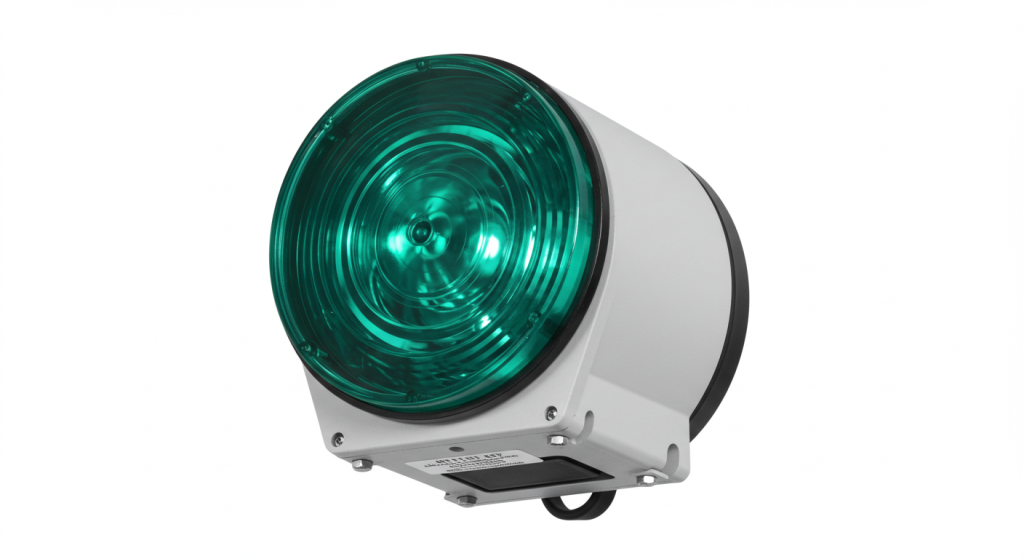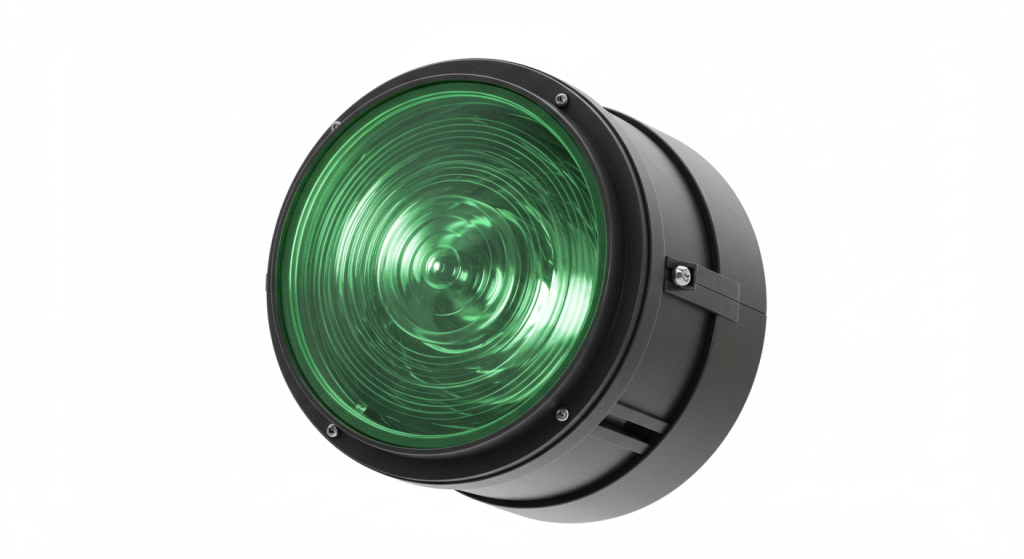With the development of technology and the improvement of environmental awareness, solar signal lights are increasingly favored by the market due to their advantages of energy saving, environmental protection, and safety. They can not only reduce electricity consumption, but also provide lighting and signal indication in areas without grid coverage. This article will provide you with a comprehensive guide for purchasing solar signal lights, helping you make wise choices.

Understand the basic principles of solar signal lights
The solar signal light is mainly composed of solar panels, batteries, controllers, and LED lights. Solar panels are responsible for collecting solar energy and converting it into electrical energy, batteries store this electrical energy, controllers manage the charging and discharging process, and LED lights are the final lighting and signal output devices.
Determine the usage scenario
Before purchasing solar signal lights, it is important to first clarify their usage scenarios. Different scenarios have different performance requirements for signal lights:
Road lighting: Signal lights with high brightness and wide illumination range are required.
Traffic signals: Signal lights that comply with traffic regulations and have extremely high reliability requirements are required.
Emergency instructions: Signal lights that require quick response and long lifespan.
Landscape: Signal lights that are aesthetically pleasing and coordinated with the environment are required.
Choose suitable solar panels
The solar panel is the energy source of the signal light, and its performance directly affects the working effect of the signal light.
Area: Select the appropriate solar panel area based on the lighting conditions of the usage scenario.
Efficiency: Choose battery panels with high conversion efficiency to obtain more electricity.
Material: Common types include mono crystalline silicon, poly crystalline silicon, and thin-film solar panels, each with its own advantages and disadvantages.
Evaluate the capacity and type of battery
The battery is the energy storage unit of solar signal lights, and its capacity and type are crucial to the endurance of the signal lights.
Capacity: Choose the appropriate capacity based on the lighting and electricity requirements of the usage scenario.
Types: Common types include lead-acid batteries, lithium batteries, and nickel hydrogen batteries, each with their own advantages and disadvantages.

Choose the appropriate controller
The controller is the brain of the solar signal light, responsible for managing the energy conversion between the solar panel and the battery.
MPPT controller: can improve the conversion efficiency of solar panels.
PWM controller: suitable for scenarios that require precise control of LED brightness.
Consider the performance of LED lights
LED lights are the output unit of solar signal lights, and their performance directly affects the lighting effect of the signal lights.
Brightness: Choose the appropriate brightness according to the usage scenario.
Lifespan: Choose LED lights with long lifespan to reduce maintenance costs.
Color temperature: Choose the appropriate color temperature according to the scene requirements, such as white light for road lighting and warm light for garden landscapes.
Consider the convenience of installation and maintenance
The installation and maintenance of solar signal lights are also factors to consider when selecting.
Installation method: Choose signal lights that are easy to install to reduce installation costs.
Maintenance cost: Choose signal lights with low maintenance costs, such as maintenance free batteries.
Consider costs and budget
The cost of solar signal lights includes purchase cost, installation cost, and maintenance cost.
Purchase cost: Choose the appropriate signal light according to the budget.
Long term cost: Consider the service life and maintenance cost of signal lights, and choose products with high cost-effectiveness.

Check security and certification
The safety performance and certification of solar signal lights are factors that cannot be ignored when purchasing.
Waterproof level: Select the signal light with the corresponding waterproof level according to the usage environment.
Certification: Select products that have passed relevant safety certifications, such as CE, RoHS, etc.
Consider environmental factors
Environmental factors have a significant impact on the performance of solar signal lights.
Climate conditions: Consider local climate conditions such as light intensity, temperature changes, etc.
Geographic location: Consider the impact of geographic location on lighting, such as latitude, terrain, etc.
Compare different brands and models
There are numerous brands and models of solar signal lights on the market, and comparing the characteristics and prices of different products is an important step in purchasing.
Brand reputation: Choose a reputable brand.
User reviews: Refer to the reviews and feedback of other users.
Consider after-sales service
Good after-sales service can provide you with protection during the use of solar signal lights.
Warranty Policy: Understand the warranty policy of the product.
Customer Service: Choose a brand that provides excellent customer service.
Actual case analysis
When choosing solar signal lights, referring to practical cases can help you better understand the actual application effect of the product.
Success Stories: View the success stories provided by the brand.
On site inspection: If possible, inspect the installed solar signal lights on site.
Summary and Suggestions
When choosing solar signal lights, consider the above factors comprehensively and choose the product that best suits your needs. Here are some summary suggestions:
Performance priority: Within budget constraints, prioritize products with superior performance.
Cost effectiveness: Weigh the purchase cost and long-term maintenance cost, and choose products with high cost-effectiveness.
Safety first: Ensure that the selected products comply with safety standards and certifications.
Environmental adaptation: Choose signal lights that can adapt to local environmental conditions.